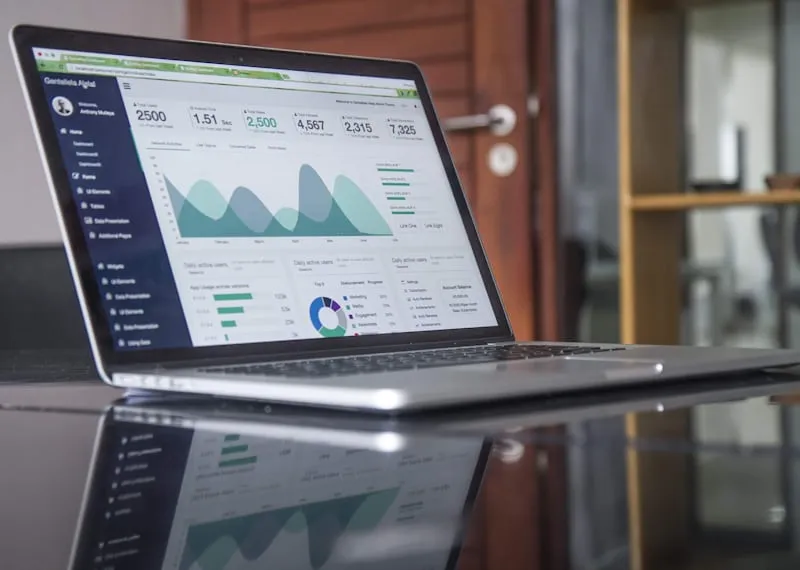Website Optimization: Speed, Performance, and User Experience
Discover how to optimize your website for faster loading times, better user experience, and higher search rankings. Learn the technical strategies that top-performing websites use to maximize conversions and engagement.
Conversion Floor Team
20 Jan 2025

The Critical Role of Website Performance
Website optimization encompasses all the technical and user experience improvements that make your site faster, more accessible, and more effective at achieving your business goals. In today's digital landscape, users expect websites to load quickly and provide seamless experiences across all devices.
Research shows that 53% of mobile users abandon sites that take longer than 3 seconds to load. Beyond user experience, website performance directly impacts search engine rankings, conversion rates, and overall business success. Google considers page speed a ranking factor, making optimization crucial for organic visibility.

Effective website optimization requires a holistic approach that addresses technical performance, user experience design, content strategy, and conversion optimization. Each element works together to create a website that not only loads quickly but also engages users and drives business results.
"Website optimization isn't just about speed—it's about creating an experience so smooth and intuitive that users can focus entirely on what matters: your content and offerings."
Core Web Vitals and Performance Metrics
Largest Contentful Paint (LCP): Measures loading performance. Your LCP should occur within 2.5 seconds of when the page first starts loading. Optimize by reducing server response times, optimizing images, and minimizing render-blocking resources.
First Input Delay (FID): Measures interactivity. Pages should have an FID of 100 milliseconds or less. Improve by minimizing JavaScript execution time and removing unused code.
Cumulative Layout Shift (CLS): Measures visual stability. Maintain a CLS score of less than 0.1 by including size attributes on images and videos, and avoiding inserting content above existing content.
Technical Optimization Strategies
Technical optimization forms the foundation of website performance. These improvements often provide the most significant performance gains and should be prioritized in any optimization strategy.
- Image Optimization: Compress images, use modern formats (WebP, AVIF), and implement lazy loading
- Minification: Minimize CSS, JavaScript, and HTML files to reduce file sizes
- Caching: Implement browser caching and server-side caching strategies
- CDN Implementation: Use content delivery networks to serve content from geographically closer servers
- Database Optimization: Optimize database queries and consider caching frequently accessed data

Mobile Optimization and Responsive Design
Mobile-First Approach: Design and optimize for mobile devices first, then enhance for larger screens. With mobile traffic often exceeding desktop, this approach ensures optimal performance where it matters most.
Touch-Friendly Interface: Ensure buttons and interactive elements are appropriately sized for touch interaction. Maintain adequate spacing between clickable elements to prevent accidental taps.
Viewport Optimization: Use responsive design techniques and properly configure viewport meta tags. Test your site across various device sizes to ensure consistent functionality.
User Experience Optimization
Navigation Structure: Create intuitive navigation that helps users find information quickly. Use clear labels, logical hierarchies, and breadcrumbs for complex sites.
Content Strategy: Organize content to match user intent and behavior. Use clear headings, scannable text, and visual hierarchy to guide users through your content.
Loading States: Implement loading indicators and skeleton screens to keep users engaged during content loading. This improves perceived performance even when actual load times remain unchanged.
SEO and Technical Implementation
Structured Data: Implement schema markup to help search engines understand your content better. This can improve your appearance in search results and enable rich snippets.
Meta Optimization: Craft compelling title tags and meta descriptions that accurately represent your content while encouraging clicks from search results.
URL Structure: Use clean, descriptive URLs that help both users and search engines understand your page content. Avoid unnecessary parameters and use hyphens to separate words.
Transform Your Website Performance
Website optimization is an investment that pays dividends across every aspect of your digital presence. Faster, more user-friendly websites rank higher in search results, convert more visitors, and provide better user experiences that build brand loyalty.
At Conversion Floor, we provide comprehensive website optimization services that address technical performance, user experience, and conversion optimization. Our team ensures your website performs at its peak while supporting your business objectives.
Ready to unlock your website's full potential? Contact us today to learn how our optimization services can improve your site's performance, user experience, and business results.
Conversion Floor Team
Website Optimization Specialists
Optimize your website performance
Get expert tips to improve your website speed, user experience, and search rankings.